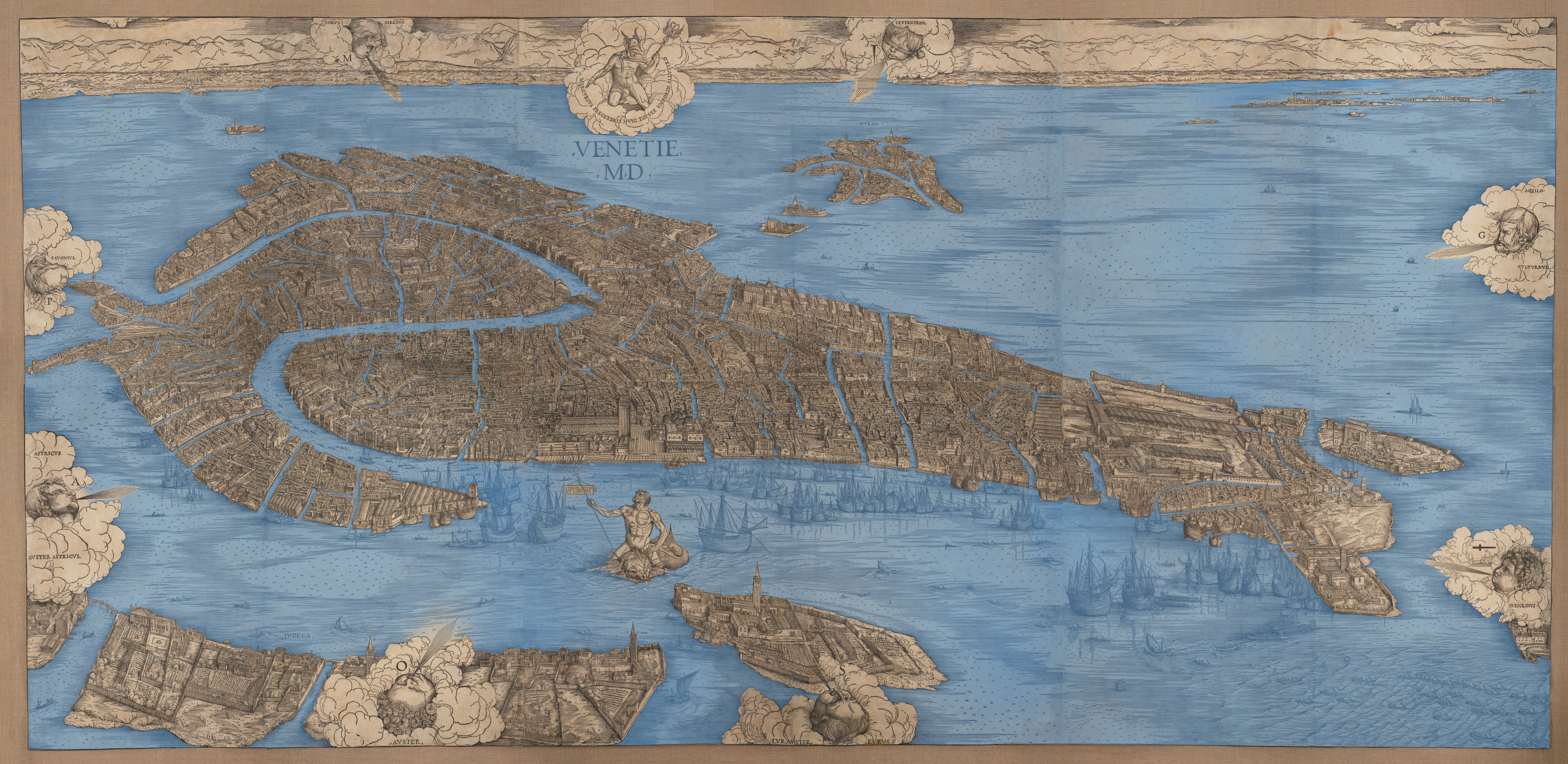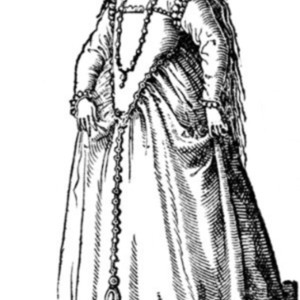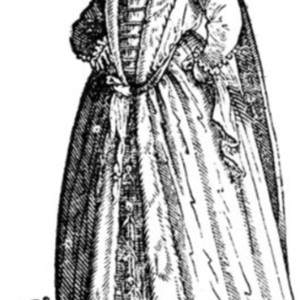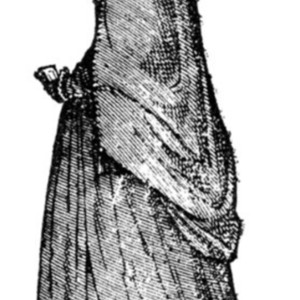Historical Context
The freedom, rights, and values of individuals in early modern Venice was heavily dictated by two primary criteria: gender and social status or wealth. Venice was dominated by male power and families were focused on continuing their patrilineage. Consequently, women’s primary value to society was their ability to birth sons. Because the value placed on women was so limited, for the majority of their lives they were given a restricted amount of social, political or economic power, responsibility or freedom outside the home. That is until one pivotal moment in a women’s life: the death of her husband. Despite the emotional hardship, the transition from married life into widowhood brought independence and power. In order to understand fully the importance and various outcomes of widowhood, one must first understand the significance and interworking’s of marriage, dowries, and the construction of social class.
Marriage was not driven by romantic interest or the compatibility of personalities and desires of two people, but rather was an arrangement based on criteria and potential advantages to a man’s social status, wealth and family. Some key factors that effected the attractiveness of a woman for marriage included social class, family wealth, age, purity and ownership of property. Property was typically seen as more of an asset to lower social classes than to the elite.[i] Social class was the primary factor.
Despite the very low number of patrician men who married outside brides, it was enough to cause worry and a sense of threat. [ii]As a result, laws regulating marriage were put in place during the 15th century as an attempt to uphold the “purity” of the patriciate.[iii] From then on, in order to marry a patrician man, non-patrician women were required to submit formal petitions, prove di nobilita, to the Venetian government requesting approval.[iv]
A very rigorous and intensive investigation was required to be approved to marry into the elite status. As part of her prove de nobilita a woman must prove that both she and her mother lived modestly and honorably.[v] In addition to the required documentation of familial lineage dating back five generations witnesses were called upon to testify about the lifestyle, social status of friends, dress, and careers of both the woman under consideration and her family to determine if the women would make an acceptable patrician wife and mother.[vi]
Though highly controlled marriage was somewhat contested as it was an opportunity for potential upward social mobility and greater financial advancement.[vii] With marriage came a dowry, generally from the women’s family to the man she was to marry. The dowry system not only had economic impact but was a major indication of familial wealth and created slight social differences. The dowry was a leading factor in how a women’s family made decisions as to when she would marry or in some cases was restricted marriage as an option. The wealthy patrician and cittadini young women often married much older men who received a large dowry. Where as members of the popolani, or working class, were often slightly closer in age and married later than the elite.[viii] Popolani families sometimes had to restrict how many of their daughters could marry to ensure they could provide a dowry payment for daughters set for marriage.[ix] This forced daughters that were not sent to the marriage market into convents or left to accumulate wealth to provide their dowry on their own.[x] Conversely, popolani men often married earlier than wealthy men because they too were expected to provide for themselves as early as possible and dowry payments made financial independence significantly easier to achieve, reducing economic stress on their parents.[xi] The dowry, while it was a driving factor for marriage, also played the most critical role at the end of marriage and into widowhood.
Widows were no longer valued as virgins nor were they protected financially or legally by their husbands. [xii] However, they were given their own economic freedom through the repayment of their marriage dowry. The actual value and freedom gained was dependent on the wealth of her family. The size of their dowry gave woman options: independence as a widow, remarriage, relocation back to a family home, or retirement to a convent or brothel. In addition to the dowry payment, the will of her diseased husband often attempted to control the terms of her widowhood through additional financial incentives to remain unmarried.[xiii] Typically these rewards were driven by fear and the desire to protect his children and his family name.[xiv]
Many made attempts to remarry using the money at her disposal from her dowry as funds to back a second marriage. This was especially common in the Patrician class as well as amongst women who were still of child birthing age because of the social prestige and attractiveness and protection of marriage.[xv] In lower class passing’s where adequate finances were not available to the widow, women were also were likely to seek remarriage out of necessity rather than from a desire for status. Unfortunately, women from lower classes that did not have the skillset to continue making enough money to support themselves and any unmarried children on their own or that were too old and unattractive to potential suiters did not find the freedom that other women did. Instead they battled significant financial struggles, had their morality questioned, faced chaste or lusty judgement, were sexually victimized and were taken advantage of for their vulnerability leaving them in no better or more powerful standing than they were before marriage.[xvi]
[i] Monica Chojnacka, Working women of early modern Venice (Baltimore, Johns Hopkins University Press, 2001), 48.
[ii] In the 17th century, only 10 Patrician men married women outside of their social class. Alexander Cowan, Marriage, Manners and Mobility in Early Modern Venice. (Hants, England, Routledge, 2007), 68.
[iii] Alexander Cowan, Marriage, Manners and Mobility in Early Modern Venice. (Hants, England, Routledge, 2007), 3-4.
[iv] Alexander Cowan, Marriage, Manners and Mobility in Early Modern Venice. (Hants, England, Routledge, 2007), 1.
[v] Alexander Cowan, Marriage, Manners and Mobility in Early Modern Venice. (Hants, England, Routledge, 2007), 21.
[vi] Alexander Cowan, Marriage, Manners and Mobility in Early Modern Venice. (Hants, England, Routledge, 2007), 21.
[vii] Alexander Cowan, Marriage, Manners and Mobility in Early Modern Venice. (Hants, England, Routledge, 2007), 2.
[viii] Monica Chojnacka, Working women of early modern Venice (Baltimore, Johns Hopkins University Press, 2001), 5.
[ix] Stanley Chojnacka, “Women and men in Renaissance Venice: twelve essays on patrician society” (Johns Hopkins University Press, 2000), 11.
[x] Monica Chojnacka, Working women of early modern Venice (Baltimore, Johns Hopkins University Press, 2001), 5.
[xi] Monica Chojnacka, Working women of early modern Venice (Baltimore, Johns Hopkins University Press, 2001), 5.
[xii] F. Colclough, Widows and Widowhood in Early Modern Venice. (PhD thesis, Northumbria University, 2000), 1.
[xiii] Guido Ruggiero, The Boundaries of Eros : Sex Crime and Sexuality in Renaissance Venice. (New York, Oxford University Press, 1985), 167.
[xiv] Guido Ruggiero, The Boundaries of Eros : Sex Crime and Sexuality in Renaissance Venice. (New York, Oxford University Press, 1985), 167.
[xv] Guido Ruggiero, The Boundaries of Eros : Sex Crime and Sexuality in Renaissance Venice. (New York, Oxford University Press, 1985), 167.
[xvi] Alexander Cowan, Marriage, Manners and Mobility in Early Modern Venice. (Hants, England, Routledge, 2007), 21.



